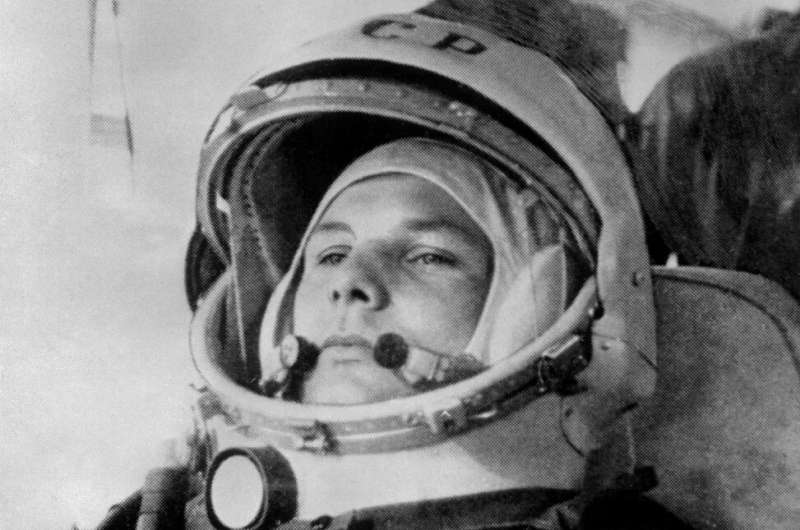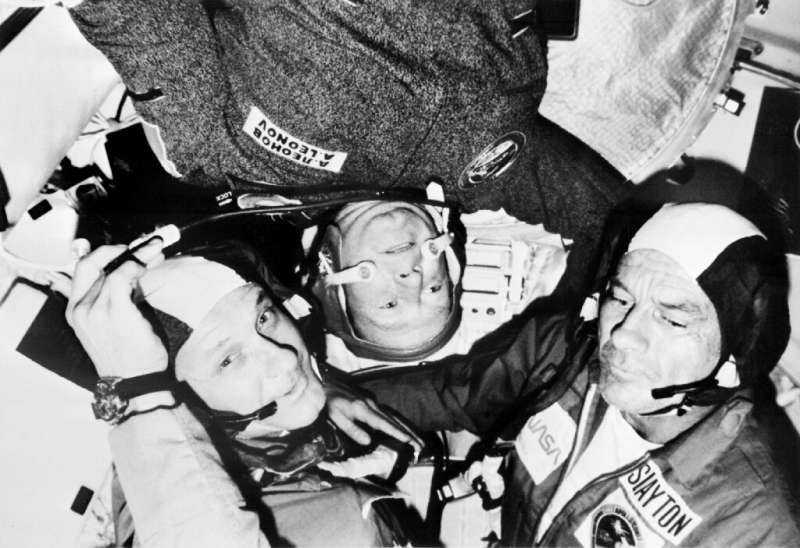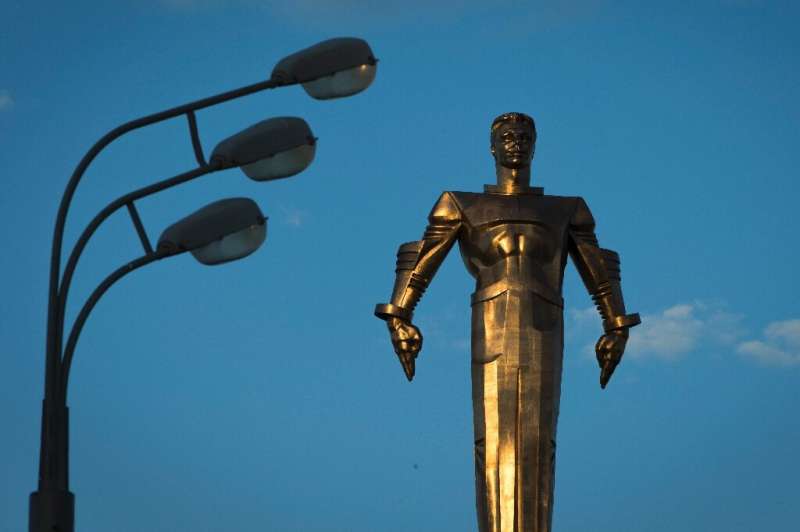He died in 1977 still advocating manned missions to Mars.
Kurt H. Debus
A friend of Von Braun, Debus was Hitler's flight test director for the V-1s and V-2s.
In 1952, he began the building of rocket launch facilities at Cape Canaveral in Florida and was later director of operations of what would become the Kennedy Space Centre, overseeing the flight by the first US astronaut Alan Shepard and the Moon missions.
The Soviets
Yuri Gagarin
The first man in space, Gagarin was chosen from 3,000 candidates.
He completed a single 108-minute orbit aboard Vostok-1 on April 12, 1961 after declaring "Let's Go!"

He died in 1968 at the age of 34 in a still unexplained plane crash.
Guerman Titov
Gagarin's understudy for the historic 1961 flight, Titov, never got over the disappointment.
Four months later, he orbited the Earth 17 times on Vostok-2. He was elected to the Russian parliament in 1995.
Alexei Leonov
The then 30-year-old made the first spacewalk in history from Voskhod 2 in 1965.
It lasted 12 minutes and nine seconds and nearly killed him as his spacesuit inflated due to the lack of atmospheric pressure. He had to bleed off some of the oxygen, risking death.
Leonov later took part in the groundbreaking Apollo-Soyuz mission that opened a new era of space cooperation between the Soviets and the US in 1975.
Valentina Tereshkova
The first woman in space, she spent nearly three days in orbit in June 1963.
She had to overcome a host of problems during the flight, which were not revealed until after the collapse of the Soviet Union.
She remains the only woman to have carried out a solo mission.
Sergei Korolev
Chief Soviet rocket engineer Korolev clocked up successes from the launching of Sputnik 1 to Gagarin's historic flight. His role was only disclosed after his death in 1966.
Vladimir Komarov
Komarov became the first person to die in space on April 23, 1967 after a 26-hour flight on Soyuz 1.
A parachute failed on re-entry, causing his craft to plummet to Earth.

The Americans
Alan Shepard
The first American in space, Shepard's flight on Freedom 7 on May 5, 1961 was suborbital, rising to an altitude of 116 miles (186 kilometres).
He later commanded the Apollo 14 in 1971 and became the fifth person to walk on the Moon, where he played golf.
John Glenn
The first American to orbit the Earth in February 1962, he was later elected as a US senator, serving until 1999.
In 1998, at the age of 77, Glenn became the oldest person to go into space when he journeyed aboard the space shuttle Discovery.
Sally Ride
In June 1983, Sally Ride became the first American woman to be sent into space, on the space shuttle Challenger.
She also took part in a 1986 commission that investigated the loss of the vessel. She died of cancer aged 61 in 2012.
Neil Armstrong
Armstrong was the first human to set foot on the Moon on July 20, 1969.
Despite slightly fluffing his line—"That's one small step for (a) man, one giant leap for mankind"—it has since been etched in history.
His fellow crew members were Edwin "Buzz" Aldrin, who followed 20 minutes later, and Michael Collins, who remained alone in lunar orbit.
Explore further
© 2021 AFP



